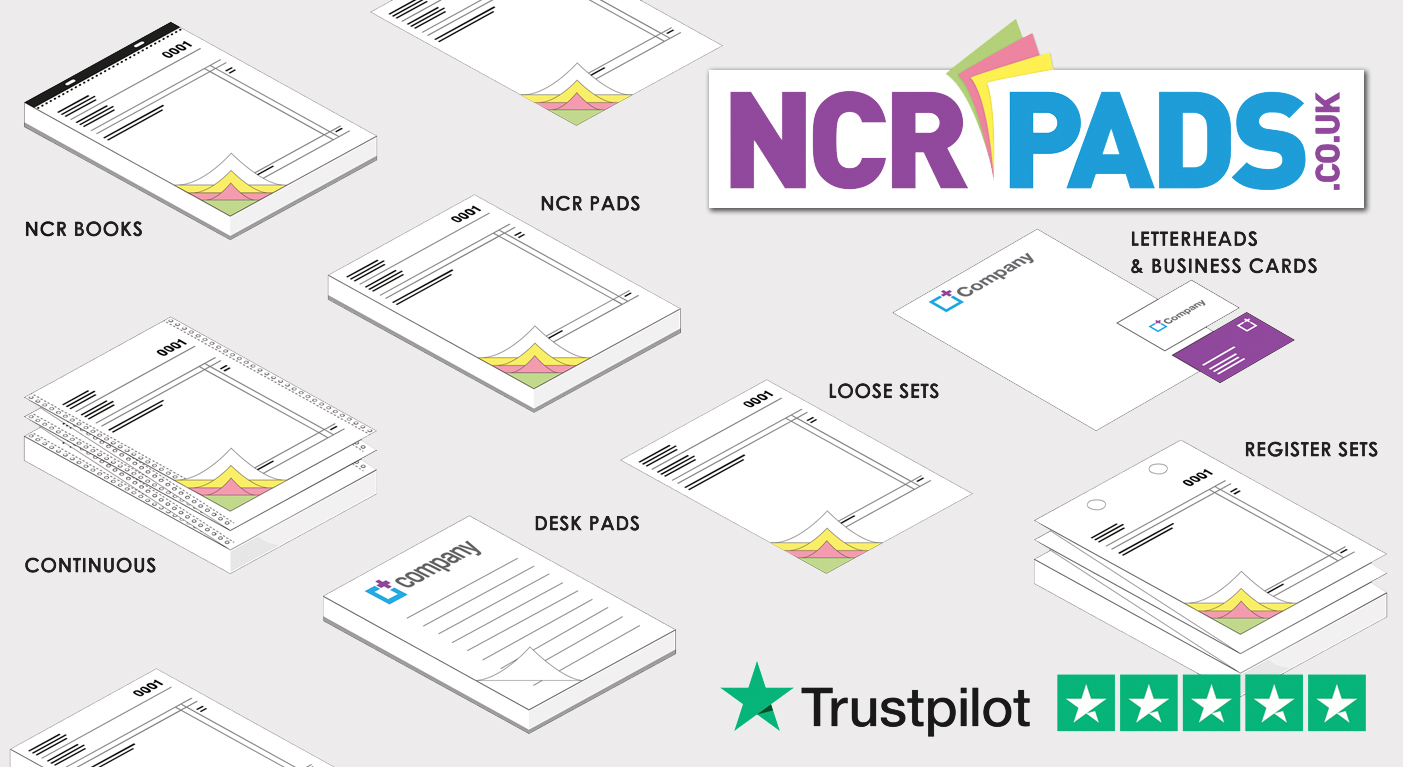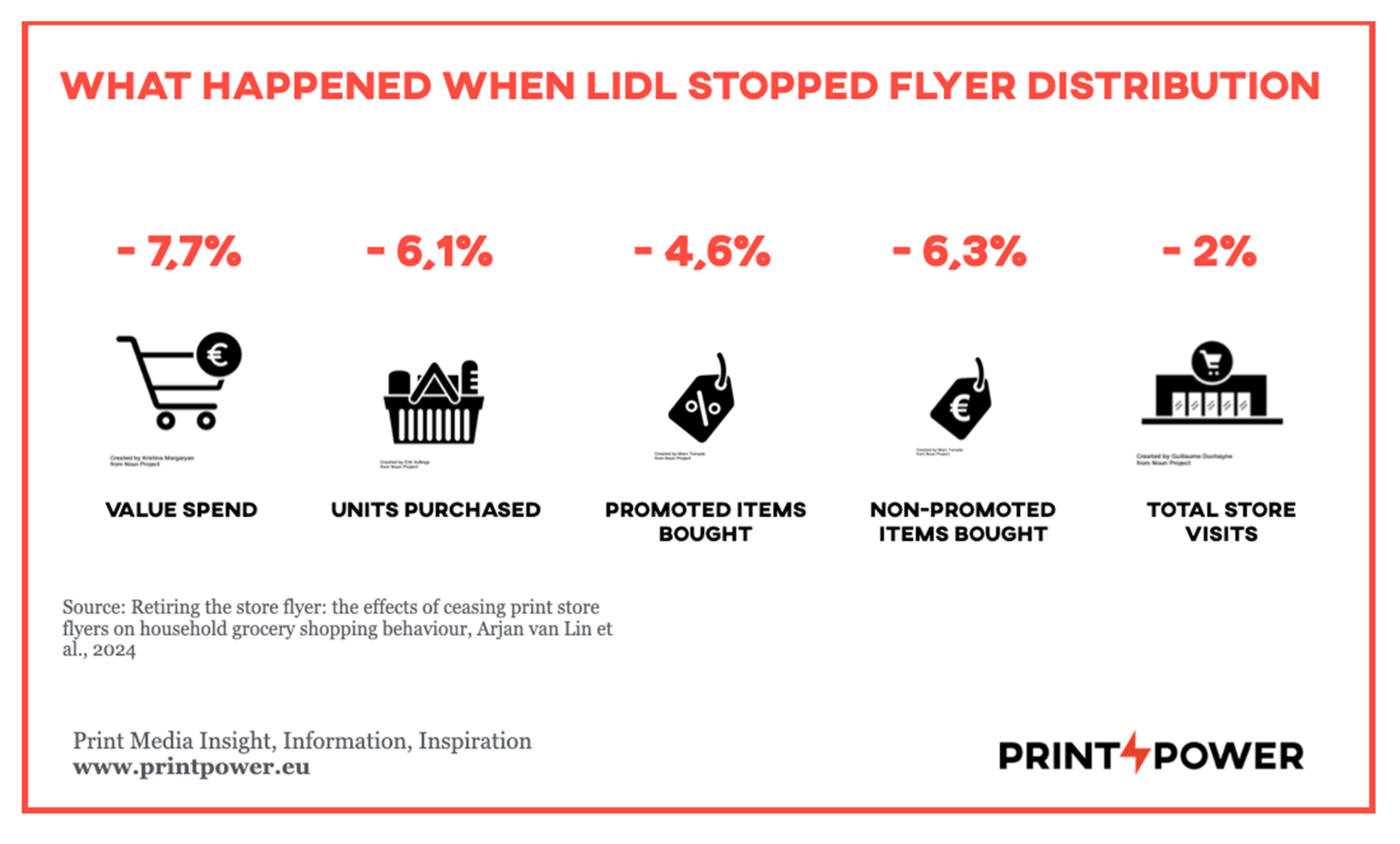The Role Of Label And Receipt Printers

The festive season marks the greatest opportunity for many retailers to increase sales and profits. However, the season is not without faults, as returned goods undermine and erode profitability. This problem takes place through Christmas and long into the new year. Products that were expected to increase profits end up costing the business financial and human resources to take them back and into circulation for resale
According to an Annual Returns Benchmark from the returns software specialist, ZigZag, and the economics research consultancy, Retail Economics total online non-food purchases is expected to be in the region of £129.6bn. Within this figure online returns is forecast to make up £27bn in 2024, and online sales across non-food retail will reach £102bn after returns are accounted for.
£27bn is a lot of waste. But what does part of a typical wasted returns process look like? Take clothing returns. Let’s say a consumer purchases three pairs of the same jeans online in different sizes to try them on and find the best fit. This person returns to the store and hands two pairs back to staff at the counter. There is nothing wrong with the jeans. They can be resold.
Naturally the POS system needs to be able to accept the return, and be able to add the item back into circulation for resale. The customer needs a high-quality receipt from the retailer to prove the return has taken place. But, the retailer needs to be able to get those two pairs of returned jeans back onto the shop floor or back into an ecommerce fulfilment or distribution centre rapidly.
Moving stock back into circulation rapidly
Linerless label printers provide retailers with the mechanism to enable this to take place rapidly on a practical physical level. This is important across busy retail environments. These printers enable pricing labels to be reprinted fast and stuck onto items of clothing so that they can be resold. This helps improve the entire processing of returns rapidly, efficiently and productively.
Many of these printers are also mobile today, which enables shopfloor staff to take any items that might be stored behind a counter, and relocate them to an appropriate area to be relabeled and sold. By the same token, labels could be used to mark returned items that are faulty, or for whatever other reason, so that they can be returned back to a central warehouse to be resold or queried with a supplier. For example, if an item of clothing has a faulty zip or the stitching is broken, then a label could be applied to the garment that includes an error code or an explanation for the return. The same could apply to the sale of non-clothing items, like electronics or cosmetics. The benefit of using mobile linerless label printers in these situations is that staff can hang printers on their belts and wonder around a store and use them appropriately. What is more, since no backing is produced when a linerless label is printed, there is less waste created.
The same thinking applies to ecommerce. These mobile, linerless printers can be worn by staff and used to print labels to help them receive goods and to organise how a particular returned item is dealt with and processes. Is it going back into the warehouse resale and distribution, or is it being disposed of, or is being sent back to the supplier?
Conclusion
Many retailers are trying to deal with the problem of returns by making shoppers pay for them. Asos is charging regular returners a fee and Pretty Little Things has started to deactivate the accounts of returns abusers. In contrast, though, the Annual Returns Benchmark explains that 50% of consumers would be discouraged from making returns if they had to pay a fee. John Lewis is taking a different approach over Christmas. It has extended its usual limit for returns just for the festive season. It says, any gift bought between 26 September 2024 and 24 December 2024 can be returned up until 23 January 2025, if it’s unwanted or unsuitable. Therefore, as some retailers extend their returns timeframes, are they printing high enough quality receipts for consumers? Moreover, do they truly have the infrastructure in place to sufficiently process any returns made?
Many retailers face significant challenges managing product returns. Especially during peak seasons. The efficient handling of returns is essential to minimise financial and resource losses. Solutions like mobile linerless label printers, can play a vital role in addressing these challenges. They speed up the relabeling and restocking process. This enables faster resale and reduces waste. These tools offer flexibility and allow staff to manage returns effectively instore or in warehouses. As the cost of returns escalates, adopting these technologies can support profitability and sustainability. While retailers explore options like charging for returns, efficient systems become even more vital for balancing customer expectations and operational needs.
https://bixoloneu.com/

.jpg)


.jpg)






